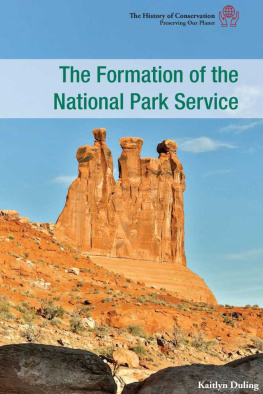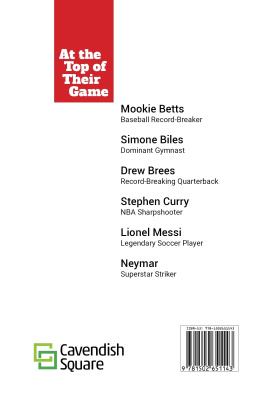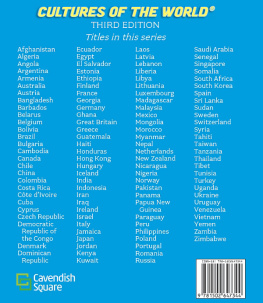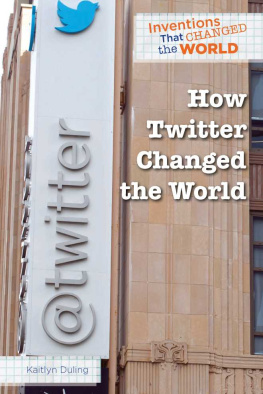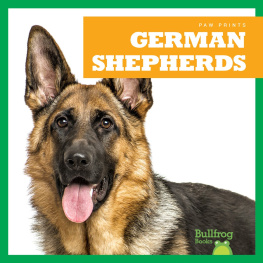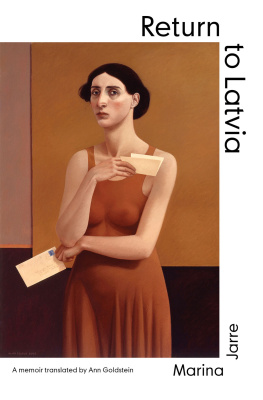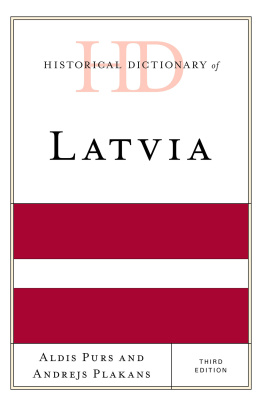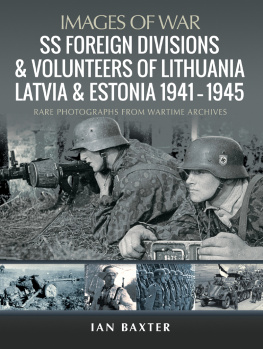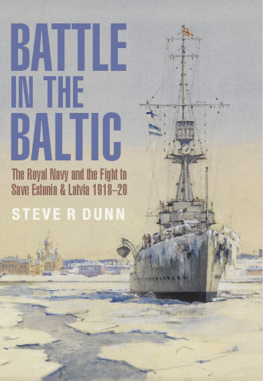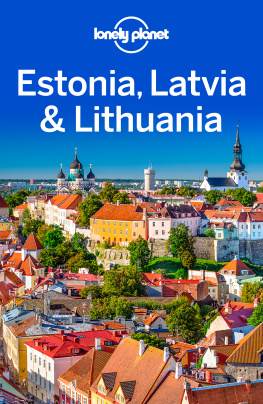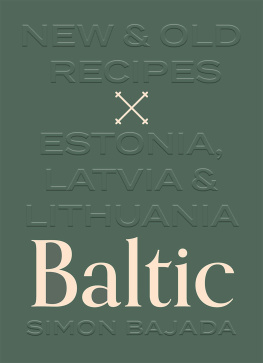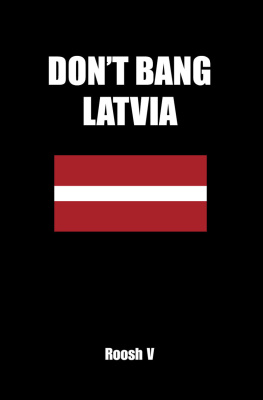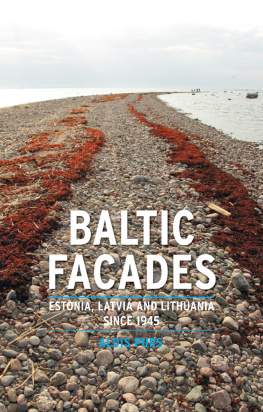
Published in 2019 by Cavendish Square Publishing, LLC
243 5th Avenue, Suite 136, New York, NY 10016
Copyright 2019 by Cavendish Square Publishing, LLC
Third Edition
No part of this publication may be reproduced, stored in a retrieval system, or transmitted in any form or by any meanselectronic, mechanical, photocopying, recording, or otherwisewithout the prior permission of the copyright owner. Request for permission should be addressed to Permissions, Cavendish Square Publishing, 243 5th Avenue, Suite 136, New York, NY 10016. Tel (877) 980-4450; fax (877) 980-4454.
Website: cavendishsq.com
This publication represents the opinions and views of the author based on his or her personal experience, knowledge, and research. The information in this book serves as a general guide only. The author and publisher have used their best efforts in preparing this book and disclaim liability rising directly or indirectly from the use and application of this book.
All websites were available and accurate when this book was sent to press.
Library of Congress Cataloging-in-Publication Data
Names: Barlas, Robert, author. | Wong, Winnie, author. | Duling, Kaitlyn, author.
Title: Latvia / Robert Barlas, Winnie Wong, and Kaitlyn Duling.
Description: Third edition. | New York : Cavendish Square, [2019] |
Series: Cultures of the world | Includes bibliographical references and index. |
Audience: Grades 6 and up.
Identifiers: LCCN 2018046332 (print) | LCCN 2018046530 (ebook) | ISBN 9781502647375 (ebook) | ISBN 9781502647368 (library bound)
Subjects: LCSH: Latvia--Juvenile literature.
Classification: LCC DK504.56 (ebook) | LCC DK504.56 .B37 2020 (print) |
DDC 947.96--dc23
LC record available at https://lccn.loc.gov/2018046332
Editorial Director: David McNamara
Editor: Kristen Susienka
Copy Editor: Nathan Heidelberger
Associate Art Director: Alan Sliwinski
Designer: Jessica Nevins
Production Coordinator: Karol Szymczuk
Photo Research: J8 Media
The photographs in this book are used by permission and through the courtesy of: Cover Douglas Pearson/The Image Bank/Getty Images; p..
Printed in the United States of America


S OME HAVE CALLED IT EUROPES BEST-KEPT SECRET. OTHERS remember it for its Soviet past. Today, with a rich history, a bustling capital city, an overall population of about two million, and a wealth of opportunity, Latvia is not to be ignored. The year 2018 marked the one hundredth anniversary of Latvias first independence. The event was observed with huge celebrations in Riga, the capital, as well as additional festivities all across the nation. It is clear that Latvians have much to be proud of, and even more to look forward to in the future.
BUILDING A FUTURE
A country can leave its past behind, or it can learn and build from it. Latvia has chosen to do the latter. At various stages in this countrys history, it was inhabited by tribes, invaded and occupied by neighboring powers, and marked by the presence of Germany, Poland, Sweden, and Russia. The country has survived two world wars and fifty years of Soviet rule, hidden away behind the Iron Curtain that threatened not only its long-held traditions but also the well-being of those who lived within the Soviet Unions borders. Today, the country is a brilliant mix of multiple European ethnicities, but it is also figuring out how to become one Latvian people. This effort presents many challenges. From differences in language and customs to using the rhetoric of ethnic fighting to influence political campaigns, Latvia is right in the thick of some difficult issues. Through it all, however, the people of Latvia refuse to give up.

Ethnic Latvians are proud of their heritage. Festivals and period dress help people celebrate the countrys history.
Latvia has had to claim its own independence more than once, but during the 1990s, as it was breaking away from the USSR, the country became known as a nation that sings. The singing revolution brought to light the Latvians desire and will to be an independent people, free from Soviet rule. The singing revolution phrase refers to the peaceful fight for freedom that included Estonia, Latvia, and Lithuania, commonly known today as the Baltic states. But Latvia has long been home to a culture of folk music based on poems called dainas. These dainas are based in pre-Christian legends and themes, and began over one thousand years ago. In the 1980s, Latvia once again proved that it is the singing nation, joining together with its Baltic neighbor-states to sing at rallies and protests in support of independence.

During the Soviet period, schools, along with nearly every other aspect of everyday life, were run by the state.
THE NATION TODAY
Today, Latvia is well into its third decade of independence. What a ride it has been! Since 1991, the country has been forced to take a hard look at itself, its people, and its values. What sort of country does it want to be? How should it function? Who should be in charge? What has emerged out of the ashes of the former Soviet state is a country that recognizes its past while leaning into its future.
The wild, forested land of Latvia is populated by a variety of forest animals. Latvias gentle plains are covered in trees and plants. These areas offer beautiful landscapes for all to enjoy, and 10 percent of the countrys total land is protected by the government. Though timber and woodworking are important parts of the Latvian economy, the citizens have decided that they care deeply about sustainable farming and want to see these forests last into the far future, right along with the industries. This is just one of the ways in which Latvia is bouncing back from its industrial past and working to improve the environment. Plagued by air pollution and water pollution that are holdovers from the Soviet years, the country is working to clean up its act in terms of pollution. It is also helping to address the climate change that is wreaking havoc on so many parts of the world.

Today, Latvia has emerged as a bustling, twenty-first-century nation with plenty to offer.
Latvia is a place of both the urban and rural, but the distinctions arent too sharp. The capital city, Riga, holds about 640,000 residents, a number that has been on a slight decline in recent years. A gorgeous place that holds so much history, it is home to museums, concert halls, universities, shops, and churches. Some might say that it is the heartbeat of Latvia. Its airport is the largest in the Baltic states, and it receives over one million visitors each year, many of whom are tourists who have come to enjoy Latvias multiple seasons, pleasant outdoors, and rich history. With a distinct lack of arable land, the rural side of Latvia is not a farmers paradise, but it is home to a robust woodworking industry. Outside of Riga and a handful of smaller cities, Latvia is dotted with towns, roads, train tracks, lakes, and rivers. It is a relatively peaceful place, especially since it has gained independence and taken control of its own narrative.


